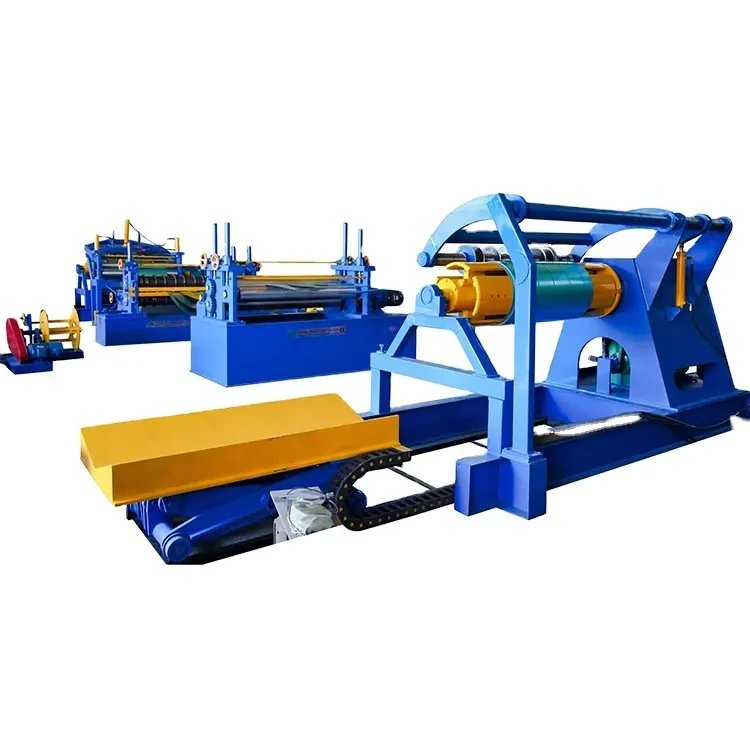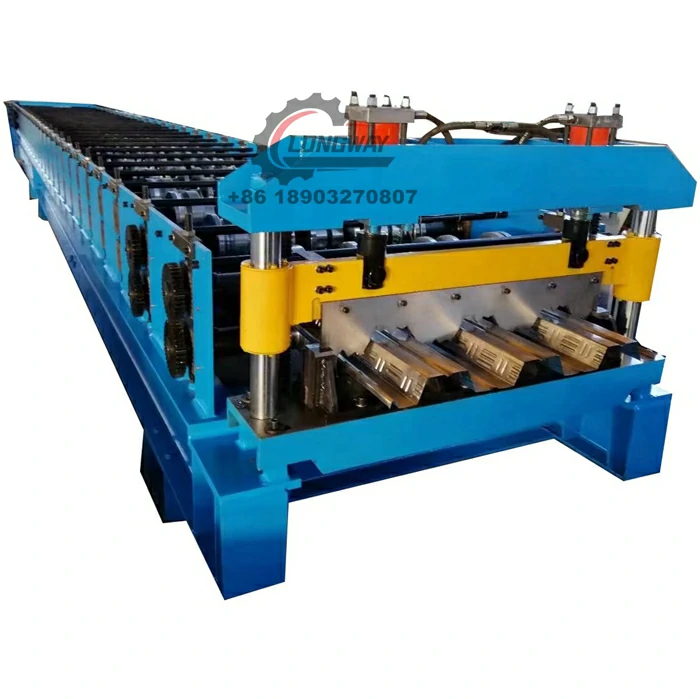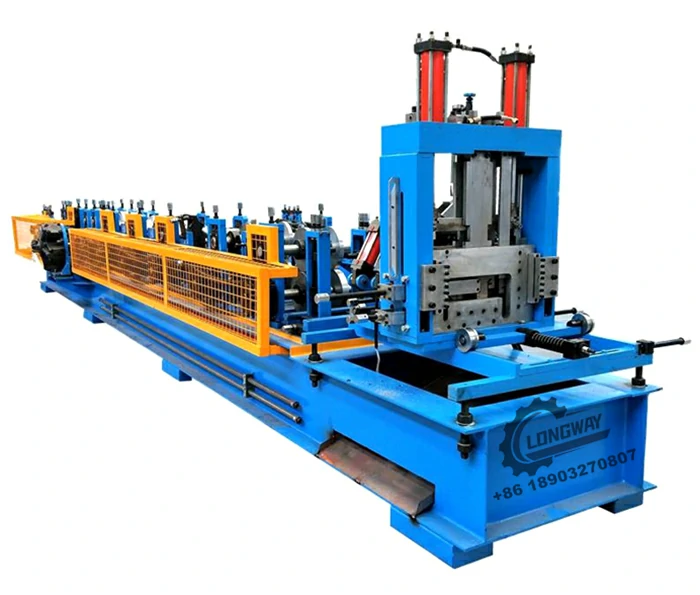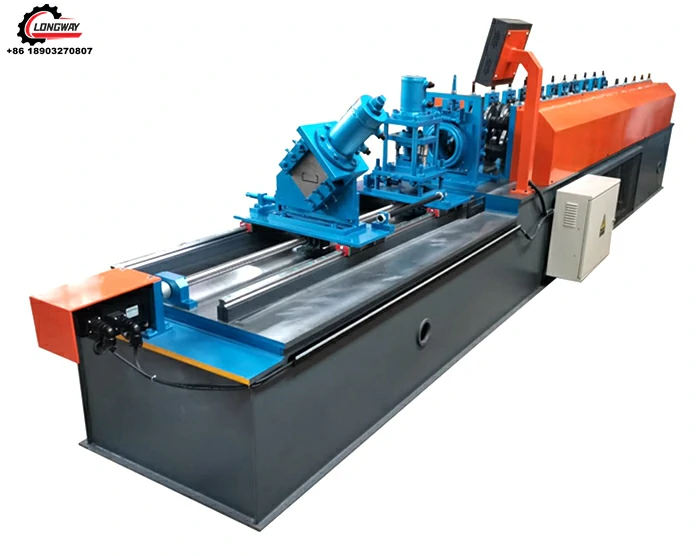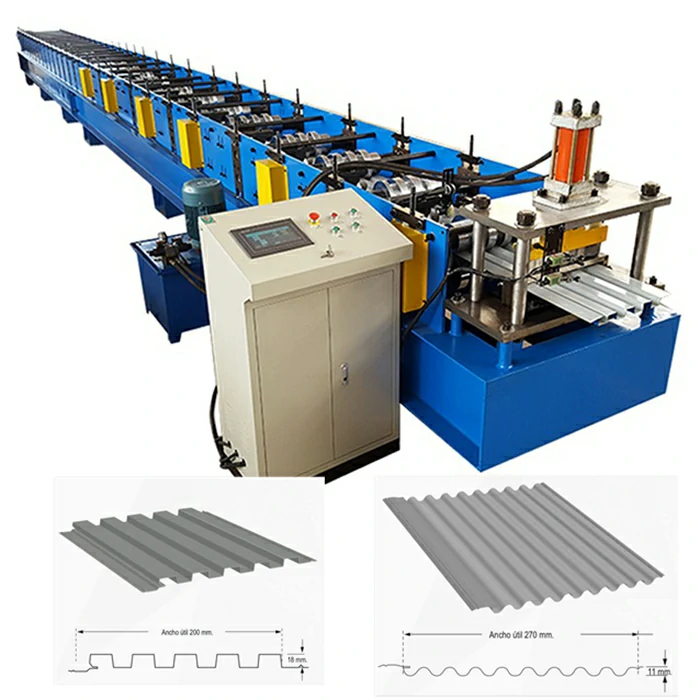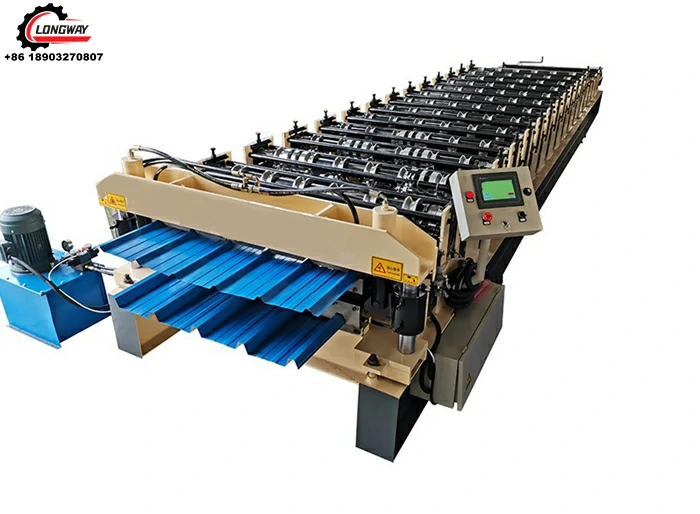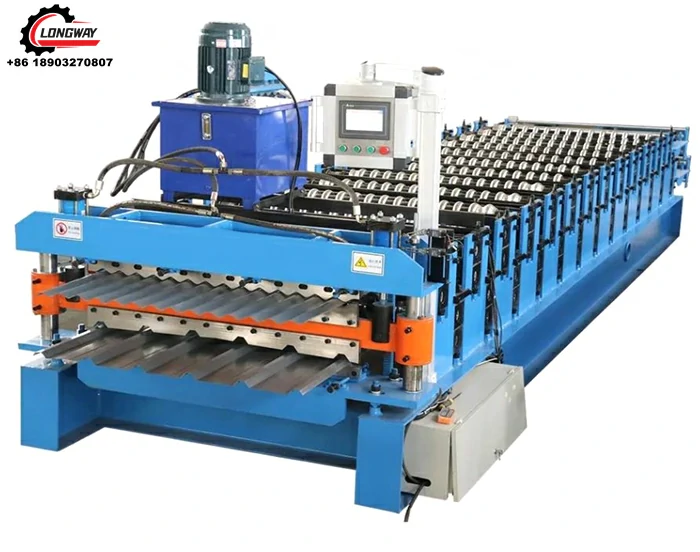Efficient Pipe Roll Forming Machines for Sustainable Industrial Production
Understanding the Pipe Roll Forming Machine: Why It Matters Globally
At first glance, a pipe roll forming machine might seem like just another bit of heavy industrial gear. But behind that steel frame lies an incredible story of modern manufacturing — one that touches sectors from construction to humanitarian aid. This isn’t just about shaping metal tubes; it’s a cornerstone technology enabling fast, efficient production of durable pipes vital for infrastructure worldwide.
Why should you care? Well, pipes are everywhere — channeling water, gas, oil, even data cables underground or through skyscrapers. Yet making these pipes strong, uniform, and economical is no small feat. That’s where pipe roll forming machines come into their own, reducing waste, speeding output, and enabling industries to build resilient networks that keep societies humming.
In fact, according to an ISO report on manufacturing efficiency, optimized roll forming significantly cuts energy consumption compared to traditional metal tube fabrication methods (ISO 20474-1:2017). And on a global scale, that’s no small contribution toward sustainable industrial growth!
A Snapshot: How Pipe Roll Forming Machines Shape Global Industry
Globally, demand for better, faster pipe production is rising — in fact, the World Bank estimates that by 2030, infrastructure investments will need to double to meet urbanization and climate goals. The humble pipe, especially those formed quickly and accurately by roll forming machines, is thus critical.
For example, in Asia and the Middle East, rapid urban growth depends heavily on pipelines for water and gas distribution. Meanwhile, European energy sectors are pivoting to greener investments, still reliant on durable piping solutions. These diverse demands create challenges for manufacturers: How to produce quality at scale, yet remain cost-effective? How to minimize environmental impact? Pipe roll forming machines offer practical answers here.
Oddly enough, these machines solve a very modern problem by using an old, dependable process — roll forming — that’s essentially about progressively shaping metal through a series of rollers.
What Exactly Is a Pipe Roll Forming Machine?
Simply put, a pipe roll forming machine is equipment that continuously bends a flat strip of metal into a tubular shape, typically in one unbroken process. Think of it as a meticulously choreographed dance, where steel sheets glide through a series of rollers, each station pressing and shaping the metal more until it’s a uniform pipe.
This method contrasts with casting or welding pipes, offering smoother surfaces, stronger joints, and quicker production times. Plus, roll forming requires less energy and raw material waste, making it a favorite in industries aiming for both quality and sustainability.
Beyond just industrial use, this method supports humanitarian efforts — for example, creating pipes for water systems in developing countries or temporary shelters in disaster zones, where quick assembly and durable materials are lifelines.
Core Components and Key Factors of Pipe Roll Forming Machines
1. Precision Rollers
These rollers are the heart of the machine, carefully crafted to bend metal sheets incrementally. Many engineers say the roller quality directly impacts the pipe’s dimensional accuracy and surface finish.
2. Feeding Mechanism
Consistent metal strip feeding is crucial to avoid jams and maintain smooth operation. The system must handle various strip widths and thicknesses depending on pipe size requirements.
3. Welding and Seaming Units
Roll forming is frequently paired with high-frequency welding to seal pipe seams. Advanced models feature automated welding with real-time monitoring to ensure joint strength.
4. Control Systems
Modern machines often come with digital PLC or CNC interfaces, offering programmable settings to adjust for pipe diameter, thickness, speed, and more. This flexibility supports customization and quick changeovers.
5. Material Compatibility
From galvanized steel to stainless steel and aluminum, the machine’s ability to handle diverse materials expands its application range. Choosing the right material affects durability and cost.
| Specification | Typical Value | Notes |
|---|---|---|
| Pipe Diameter Range | 20 mm – 150 mm | Adjustable rollers |
| Material Thickness | 0.5 mm – 3.0 mm | Varies by metal type |
| Line Speed | 10 m/min – 30 m/min | Depends on material & diameter |
| Welding Method | High Frequency / Laser | Ensures strong, tight seams |
| Control System | PLC/CNC | For precise, repeatable output |
Where in the World Are These Machines Making a Difference?
Pipe roll forming machines find homes in factories across continents. For instance:
- Asia Pacific: A booming construction market in China and India drives demand for efficient pipe manufacturing to support urban infrastructure.
- Middle East: Oil and gas pipelines require high-quality pipes, and roll forming helps meet volume with reliability.
- Europe: Environmental regulations push manufacturers toward greener methods; roll forming wastes less material.
- Sub-Saharan Africa: NGOs utilize roll-formed pipes in water sanitation projects, improving access and health outcomes.
In remote industrial zones or emergency relief operations, quickly producing uniform pipes can be a matter of urgency. I once came across a story where a manufacturer supplied portable roll forming setups for rebuilding pipelines after a typhoon—showing just how adaptable this technology is.
Advantages & Long-Term Value: A Win-Win?
From a cost perspective, roll forming is lean — using less scrap and running at high speeds, so manufacturers save big over traditional methods. But there’s more. The pipes made this way stand up well over decades underground or under pressure.
The sustainability angle is compelling, too. Lower energy use and less waste align with ISO 14001 environmental standards that many makers aspire to. Plus, the fast turnaround times help meet urgent delivery needs — whether for a new urban water system or post-disaster rebuilding.
On a human level, consider the safety and dignity that come with reliable water or gas pipes. For many communities, these pipes mean health, comfort, and a boost to local economies. Innovation here isn’t just mechanical upgrade — it’s social progress.
What’s Coming Next? Future Trends & Innovations
The industry’s not standing still, obviously. Automation and smart controls continue to evolve, with IoT-enabled machines monitoring real-time parameters to eliminate downtime.
Materials science also plays a role — more corrosion-resistant alloys and lightweight composites are under testing, aiming for even longer pipe lifespans and easier installation.
Green energy integration will influence production environments, lowering carbon footprints further. Digital twins and simulation software help engineers design roll forming lines with incredible precision before the first sheet passes through.
Facing Challenges? Let’s Talk Solutions
Of course, pipe roll forming machines aren’t perfect. Thicker or highly specialized materials can strain equipment, and initial investment costs may be high for smaller operations.
But innovation helps here, too. Modular machine designs allow scalability, while financing programs supported by manufacturers make acquisitions easier. Moreover, many suppliers now provide training packages — because a skilled operator often makes all the difference.
| Vendor | Price Range (USD) | Key Features | Support & Warranty |
|---|---|---|---|
| L&W Rollforming | $60,000 - $120,000 | High-speed, PLC control, customizable diameters | 24-month warranty, onsite training |
| MetalForm Tech | $50,000 - $100,000 | Energy-efficient motors, modular units | 12-month warranty, remote support |
| PipeTech Solutions | $70,000 - $130,000 | Laser welding, IoT-enabled monitoring | 36-month warranty, full training |
FAQs About Pipe Roll Forming Machines
Q1: What types of pipes can pipe roll forming machines produce?
A1: These machines typically produce circular pipes from metal strips, including galvanized steel, stainless steel, and aluminum. The diameter and thickness can vary widely based on the roller setup.
Q2: How fast can these machines operate?
A2: Depending on material and pipe size, line speeds usually range from 10 to 30 meters per minute, balancing speed with quality control.
Q3: Are pipe roll forming machines suitable for small-scale manufacturers?
A3: Yes, but it depends on budget and production needs. Modular or semi-automatic options help smaller firms enter the market affordably.
Q4: How do roll-formed pipes compare to welded pipes in strength?
A4: Roll-formed pipes with high-frequency welding typically meet or exceed strength requirements for most applications, offering consistent seam quality.
Q5: Can the machines be customized for special applications?
A5: Absolutely. Control systems can be programmed for different diameters, thicknesses, and welding parameters. Some vendors offer bespoke solutions tailored to specific industries.
Wrapping It Up: Why Pipe Roll Forming Machines Are Here to Stay
In real terms, the pipe roll forming machine represents more than just a piece of hardware. It’s about enabling industries and communities to build better, more durable pipelines—fast and efficiently. Whether it’s urban infrastructure, energy transport, or humanitarian projects, the technology’s adaptability and sustainability keep it relevant for decades to come.
If you’re curious to explore the latest in pipe roll forming technology, visit our website: pipe roll forming machine and discover how this solution might fit your manufacturing or project needs.
As one engineer quipped — “Good pipes keep the world flowing.” Maybe a bit of a cliché, but you know... there’s a lot of truth in that.
References
-
Corrugated iron roofing sheet making machine with CE, AutoNewsNov.17, 2025
-
3mm Steel C U Channel Roll Forming Machine, Heavy DutyNewsNov.17, 2025
-
Calamima Micro Ondulada corrugated roof sheet machine - CNCNewsNov.17, 2025
-
Metal Roofing Roll Former for Sale Companies - Fast, PreciseNewsNov.17, 2025
-
Drywall Steel L Angle Bar forming machine | Fast, PreciseNewsNov.17, 2025
-
Corrugated Iron Roofing Sheet Making Machine, Fast & DurableNewsNov.11, 2025
-
Corrugated Metal Roofing Machine | High-Speed, Precise, CENewsNov.11, 2025
